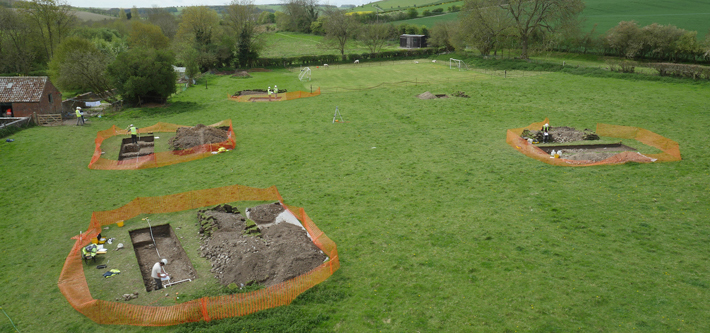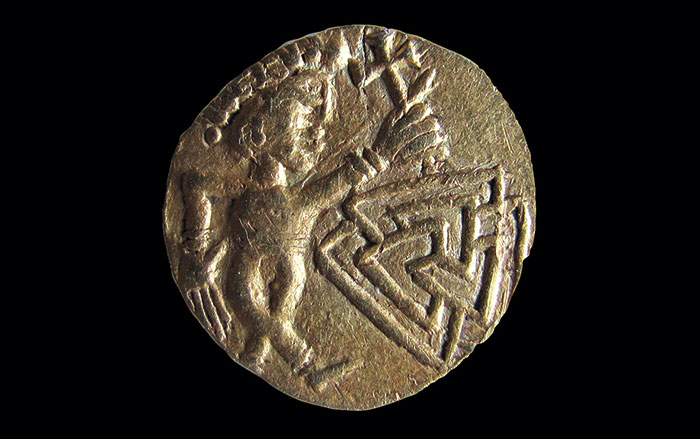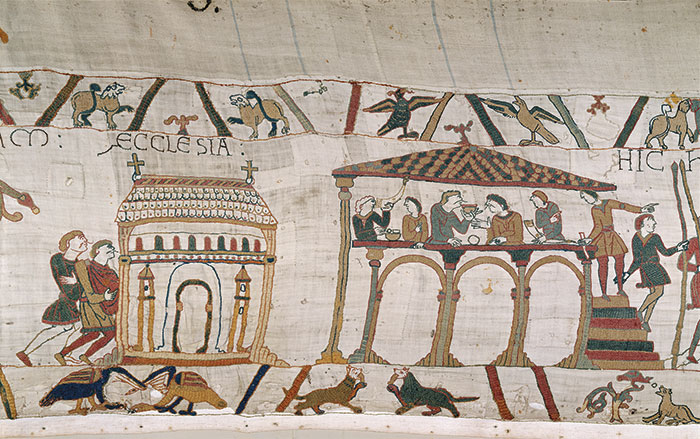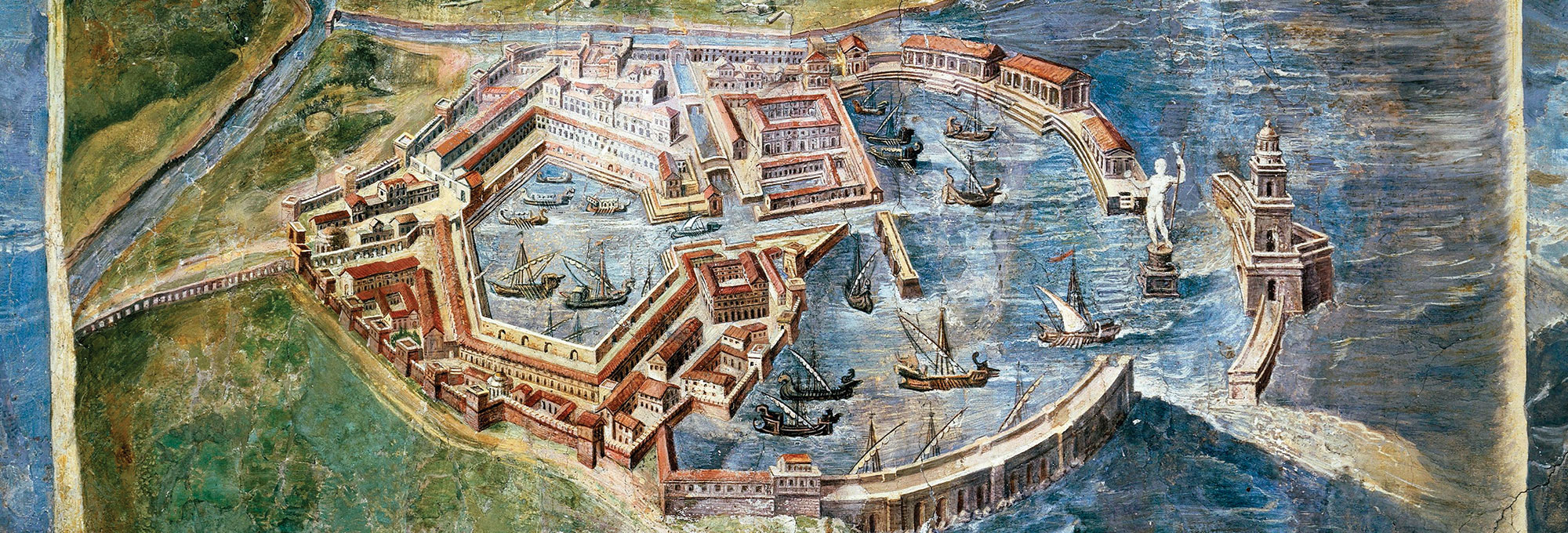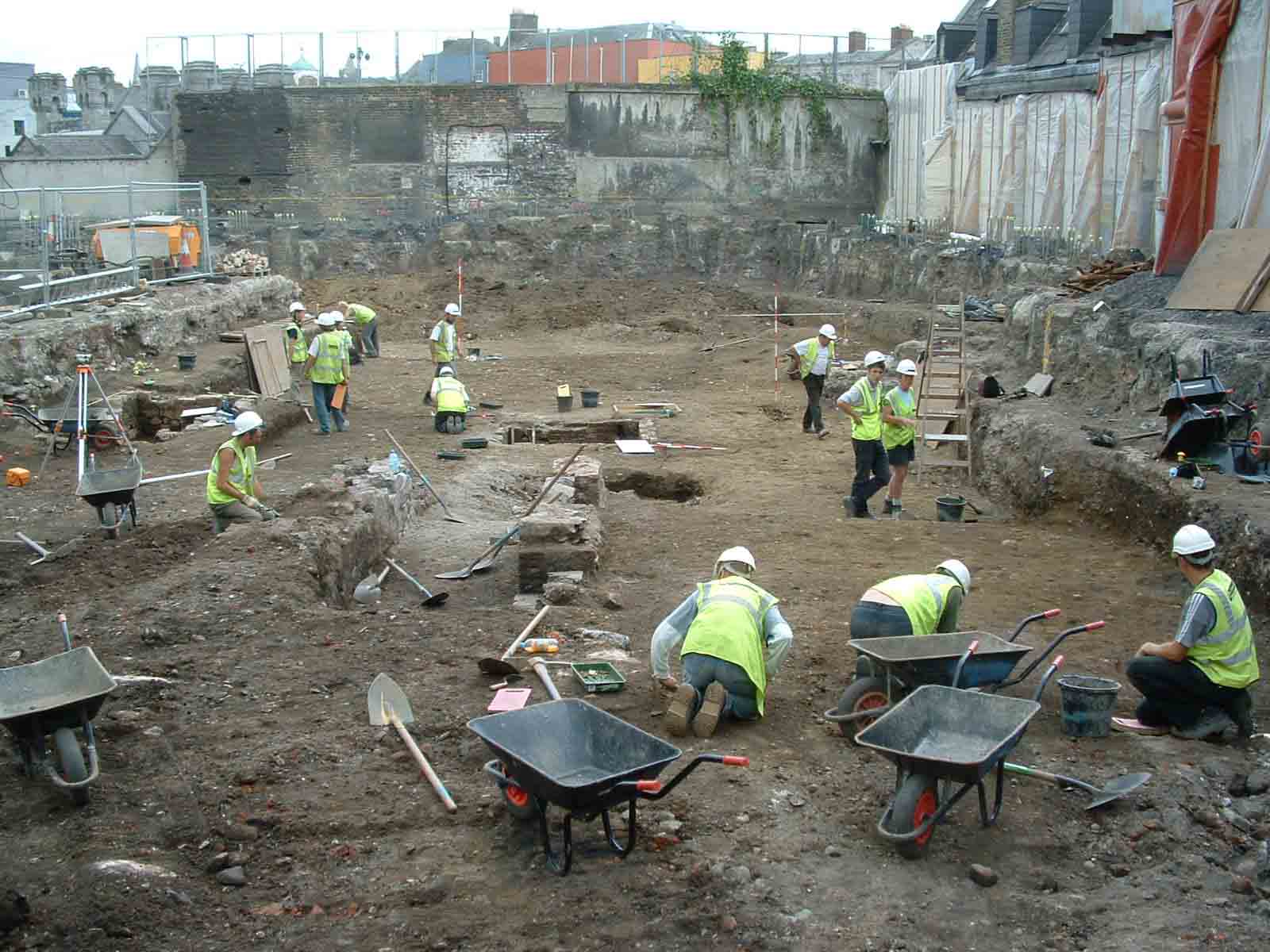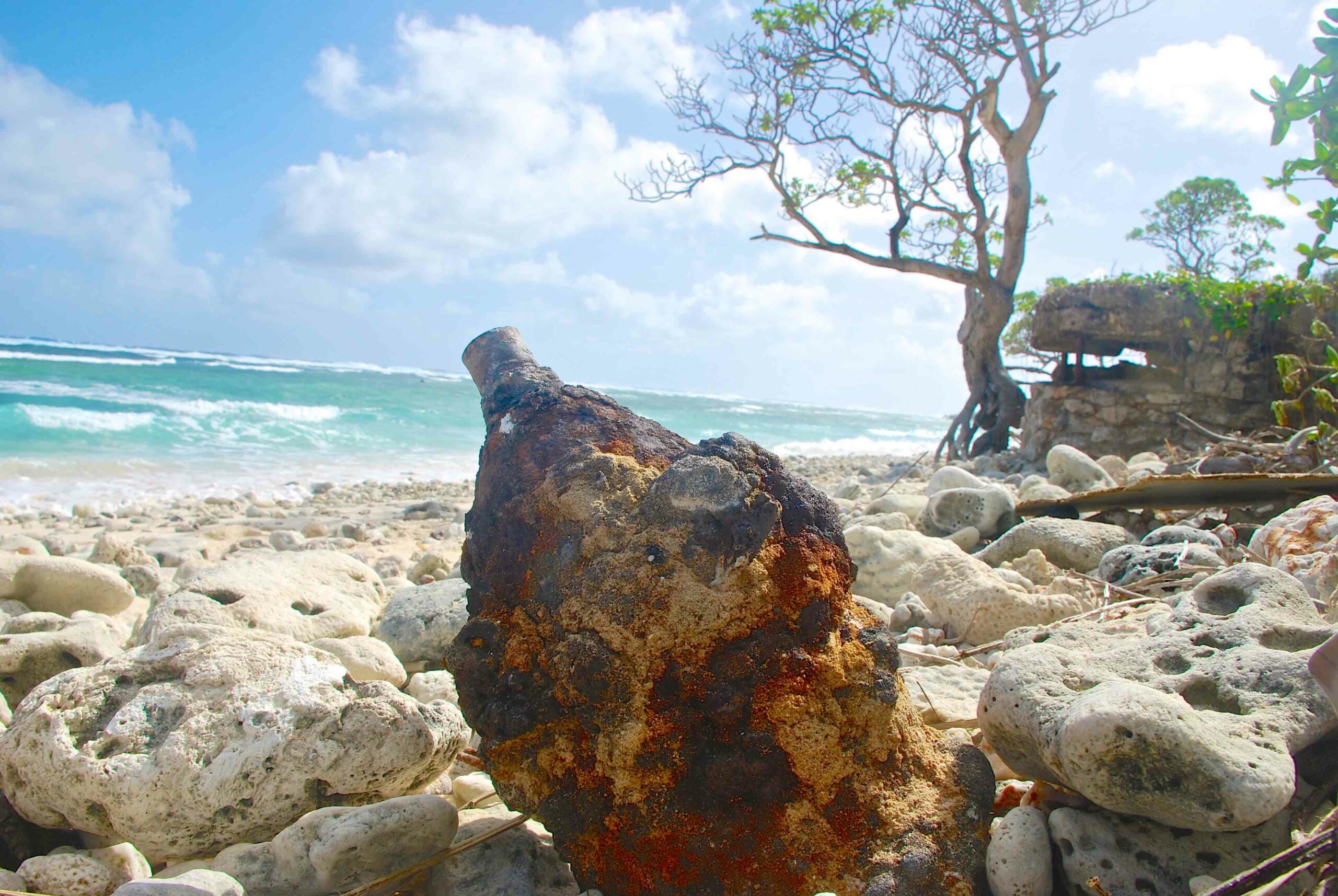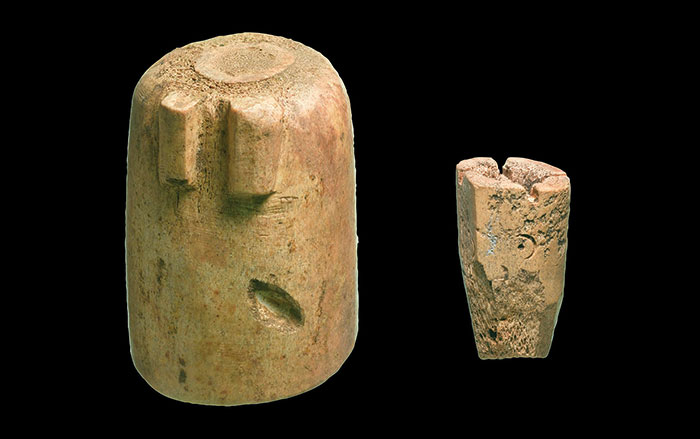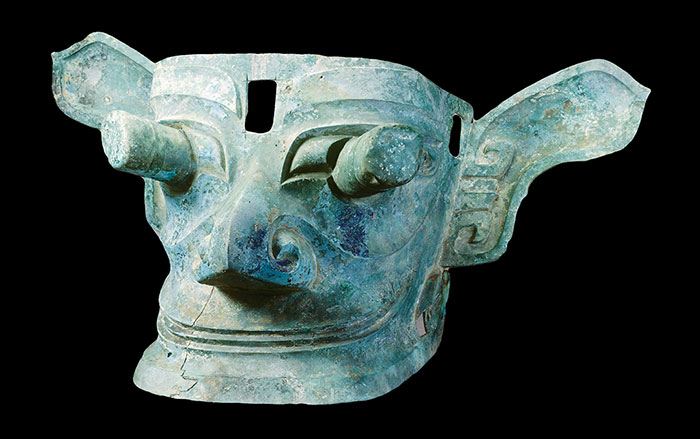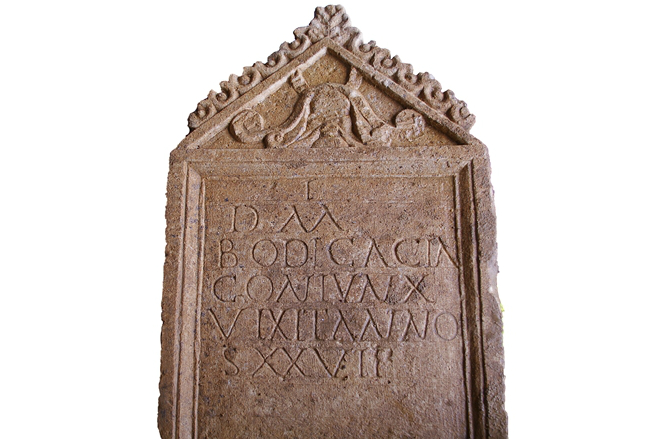
CIRENCESTER, ENGLAND—It had been thought that a finely carved tombstone unearthed in western England was the first in Roman Britain to have remained with its intended grave, but researchers have found that even though the dedication on the tombstone named Bodicacia, a woman, the skeleton in the grave was male. In addition, the gravestone dates to the second century A.D., while the skeleton dates to the fourth century A.D. The five-foot-long stone, which has a roughly carved back, may have originally hung on a mausoleum wall. “We believe the tombstone to have been reused as a grave cover perhaps as long as two centuries after it was first erected,” Ed McSloy of Cotswold Archaeology told Discovery News. Even so, the gravestone is notable because it is the first time that the name Bodicacia has been found. And the limestone pediment is decorated with a unique image that depicts the Roman god Oceanus, which according to McSloy “is also hitherto unknown in funerary sculpture.” To read about the search for the great leader Boudicca's tomb, see "In Search of History's Greatest Rulers."


